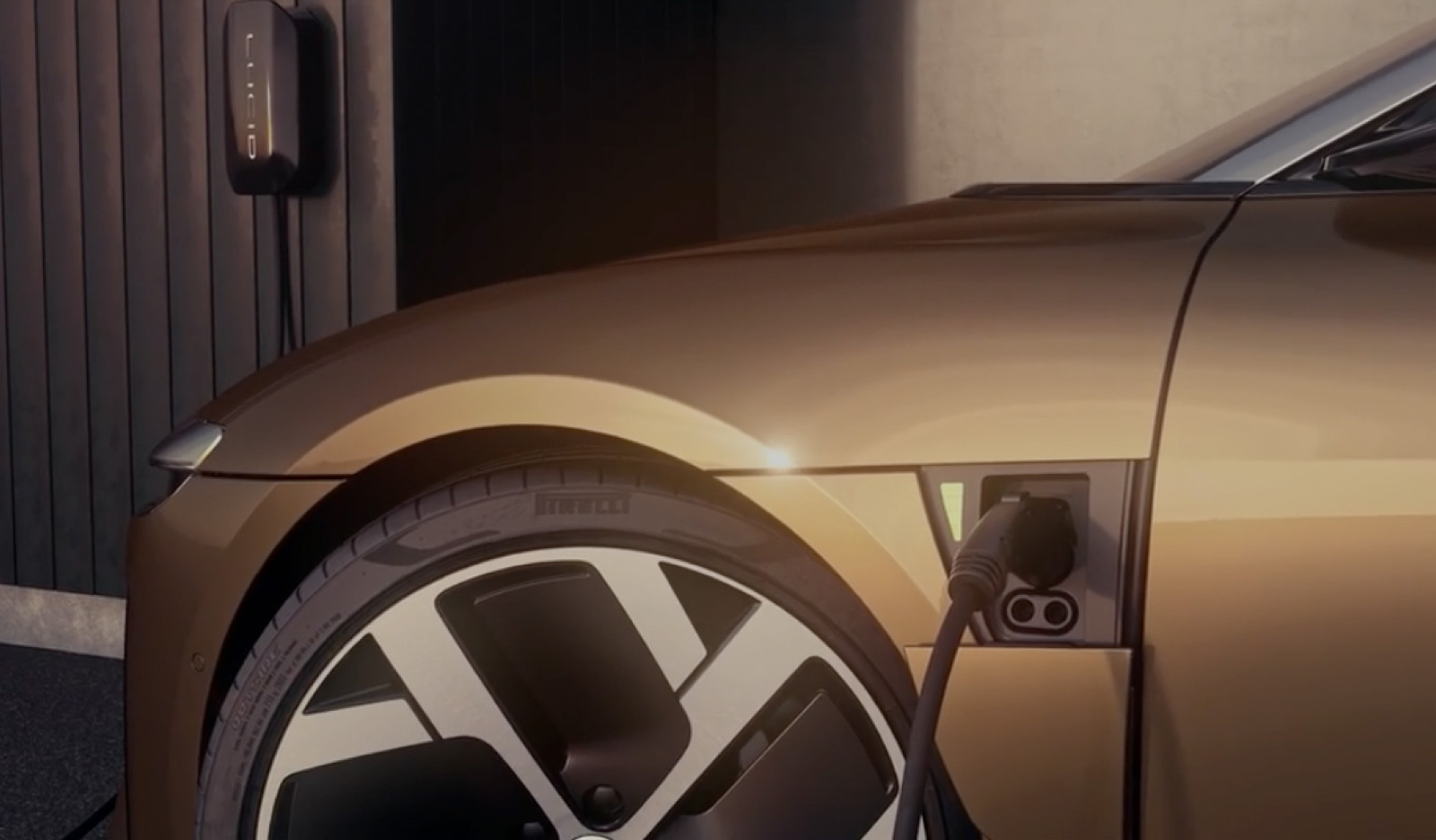We are expecting the at-home Lucid wall charger to be here by July 2022 but until then, what can you do to get your home ready for this super power of a home charger? That is the question a lot of Lucid owners or soon-to-be Lucid owners are asking.
The Lucid connected home charging station, it supports up to 19.2kW of bidirectional power flow, various forms of connectivity, and a streamlined installation process. That means if there is an power outage, you’ll soon be able to power your home with your Lucid Air.
Lucid partnered with a company named Qmerit to help Lucid owners install this charger in their homes.
Future Proof your Home For the Lucid Charger
Here is the email Lucid is sending people who are asking about this charger, I found this in the Lucid Owners Forums here. First Lucid talks about the cable the car comes with by default:
Your Lucid Air comes with a mobile charging cable to plugs into a 240v NEMA 14-50 outlet. With this setup, your vehicle will be able to draw up to 40-amps (which equates to approximately 40-miles of range per hour).
Our Lucid Connected Home Charging System (wall charger) is expected to be available in the third quarter of this year. Your Lucid Air and the upcoming wall charger will both be “hardware ready” for bi-directional charging, but this feature will be software limited initially.
Then Lucid send these details around how to get ready for the home charger unit:
“In order to future-proof your setup, please have your electrician follow the steps below,” Lucid said:
- You will want to hardwire the future wall charger to a breaker with at least 100-amp capacity (you will be drawing up to 80-amps from this setup)
- If you don’t have the capacity on your breaker, your electrician may want to proactively upsize this.
- You will want to run upsized wiring from the breaker to a junction box that’s in the area where you want to hang the future wall charger. This wiring should be rated for up to 100-amps.
- You will want to put a junction box in the area where you plan to hang the wall charger and have the upsized wiring lead to it.
- You will want to have the electrician hardwire the NEMA 14-50 outlet to the junction box and install an appropriately sized fuse.
- Once the wall charger is available, the electrician would only have to remove the junction box and NEMA outlet and hardwire the wall charger in its place. They will need to swap out the fuse to one that can accommodate up to 80-amps.
“I do want to call out that details for bi-directional charging have not yet been released. The hardware is already in the vehicle and built into the upcoming Lucid Connected Home Charging System. There may be additional hardware that is required down the line- primarily if you are running your home from your car, there needs to be a way to disconnect from the breaker,” Lucid added.
The big question people are asking based on this email is what do you need to “disconnect from the breaker,” does this device handle it or you need a third party transfer switch like you have with a home generator?
